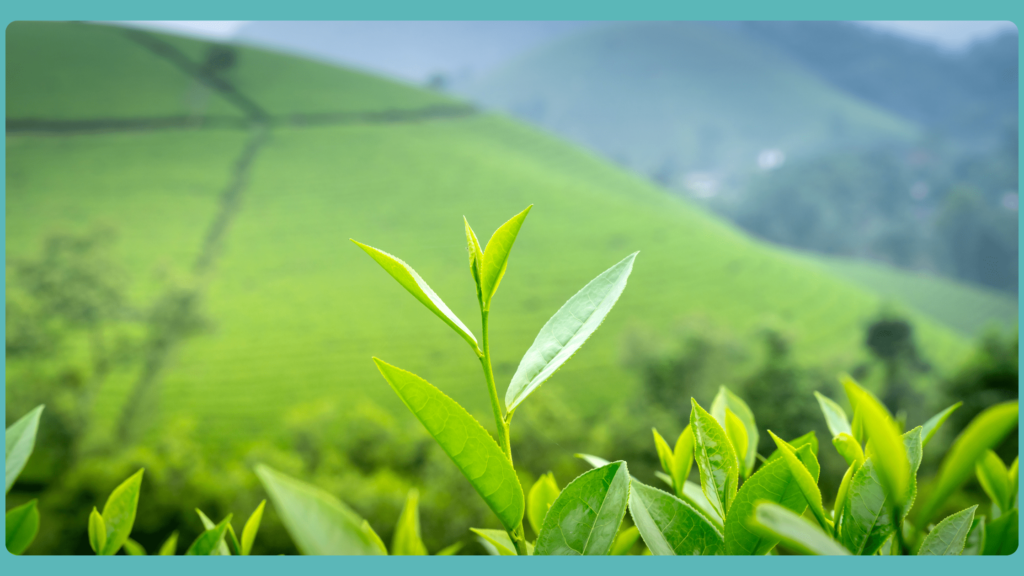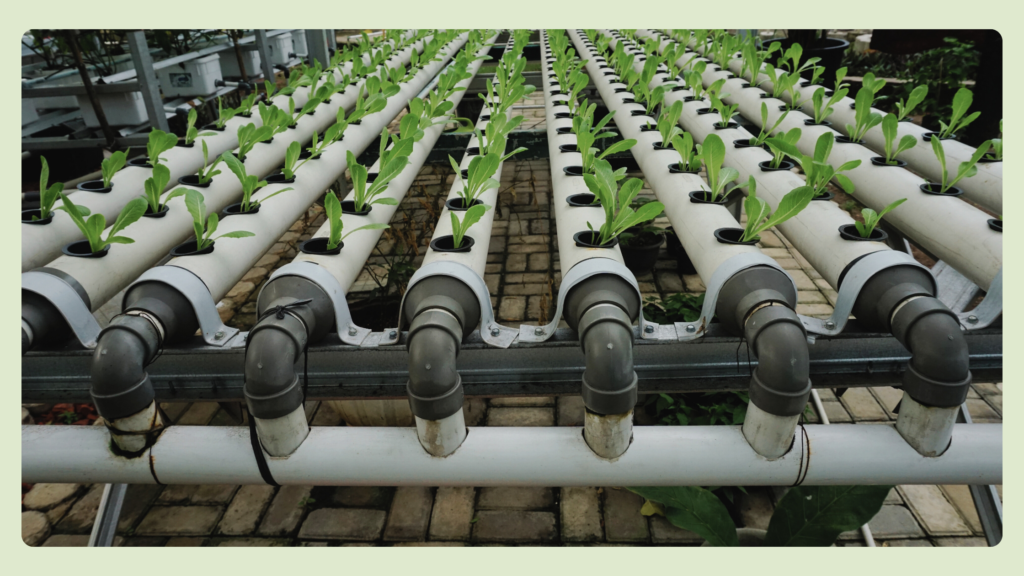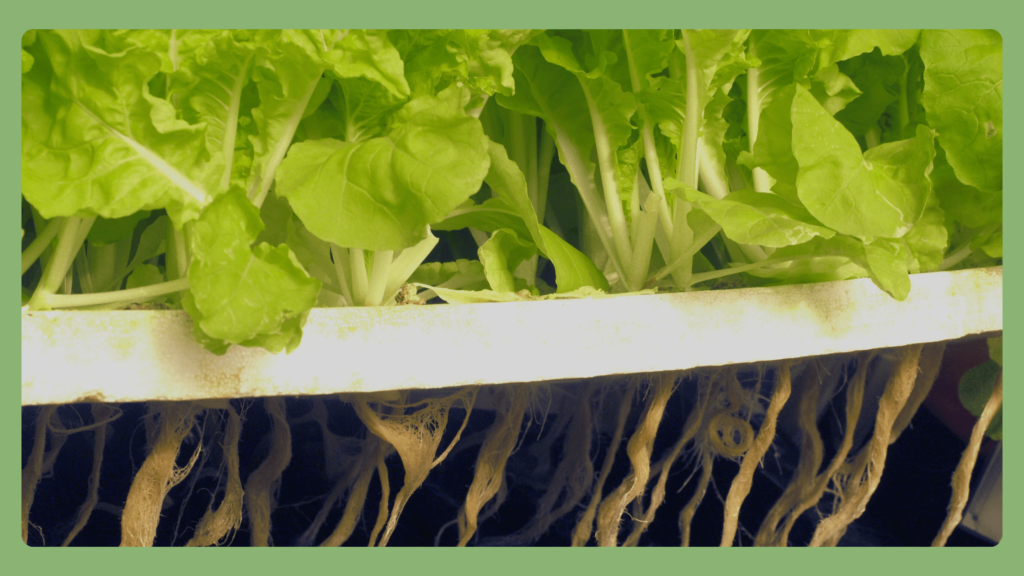Tea is the unofficial national drink of India. This desi version of the Britisher’s black tea is popular with almost everyone. Cultivation of tea is a high-yield business. However, due to the various necessary conditions required, one cannot grow a tea plant simply anywhere. This is why you will see a tea plantation in specific places. Here, you will see what tea farming is and what are the requirements and processes involved.
Cultivation of Tea Across the Globe
Assam used to be and is still the largest producer of tea in India. Earlier cultivation of tea was only in Darjeeling. Later it spread to other areas such as the Nilgiri Hills in the south and other areas as well.
These days, tea plantations can be seen in Kerala, Karnataka, Tamil Nadu, Assam, West Bengal, Himachal Pradesh, Meghalaya, etc. From India, the cultivated tea is processed and exported to as many as 25 countries. The top four countries that get a major share of tea exports are the UK, UAE, Russia, and the USA.
As you know, there are different types of tea but all of them originate from the same plant species. What makes them different are the processing and the conditions that they grow in.
Optimal Conditions for Cultivation of Tea
A tea plant prefers a cool to moderately hot climate. The ideal temperature ranges from 10-13 degrees Celsius. It cannot tolerate temperatures that are beyond 30 degrees as it can affect the quality and taste of the tea.
You might have seen that tea plantations are mainly in the mountains where it is easier for the water to drain. These plants prefer loamy soil that can easily drain the excess water. Damp or water-logged soil can damage the roots of the tea plants. Moreover, they need acidic soil in a range of 4.5 to 5.5.
They can grow in an area where the average rainfall is between 150 to 300 cm per year. At the same time, they need shade for a good amount of time. This means that tea plants do not prefer prolonged exposure to hot sunlight but it shouldn’t be shady either.
This is one of the main reasons why tea plantations are usually found near hill stations where direct sunlight will be for a limited duration per day.
At the same time, tea plants require 11-12 hours of daylight. If they get less than 11 hr 15 min of sunlight for 5-6 weeks, they go into dormancy.
Process of Tea Planting
The cultivation of tea is from tea seeds that are germinated under controlled conditions. Once they achieve optimal growth, they are transplanted outdoors. The best time for planting tea plants is either April to June or September to November.
A tea plant is ready for planting when the seedlings have matured have produced at least 40-60 cm in height and have 12 matured leaves. It will take a few months for the seedlings to attain this stage. Until then, they are grown under controlled conditions.
These seedlings will also be exposed to sunlight gradually. The matured plants are planted using different methods such as,
- Pit planting uses medium-sized pits of 45 cm in width and depth. The soil taken out is treated with manure and the same one is used while planting.
- Trench planting uses less space between two plants and has shallow trenches of 30 cm in depth and width.
The plants from the nursery beds may be used along with their soil around their roots or without any trace of soil. Planting with soil is called Bheti planting and that without soil is Stump planting. You may choose the former suitable for those that are plants in polythene bags and the latter for the overgrown nursery plants. Bheti planting method shows better survivability so you better choose this method.
You must make sure that the plants are evenly spaced at least 60-70 cm apart and 100 cm in space between two rows. Tea plants are shrubs and can grow bushy, so they need enough space between them to allow healthy growth.
What Happens After Planting?
After plantation, you should regularly water the plants, prune them for healthier growth, and do harvesting at the right time. Cultivation of tea involves regular use of fertilisers and manure that often leads to the growth of weeds as well. Weeding is another important step you should not miss. Drip irrigation and sprinkler irrigation are popular methods of watering tea plants.
The ideal height of a tea plant is one metre. To maintain this height pruning is an essential step. Pruning should be done all around the plant uniformly to get the ideal shape. It promotes the growth of young tender leaves that can be easily plucked from this height.
Harvesting at Last
Harvesting is the most tiresome task of tea farming. You might have seen labourers plucking the leaves and dropping them in a huge basket hanging on their backs! These labourers get paid based on the weight of leaves that they pluck daily.
The plucked tea leaves are dried at varying degrees and come to the market under different names such as green tea, black tea, etc.




